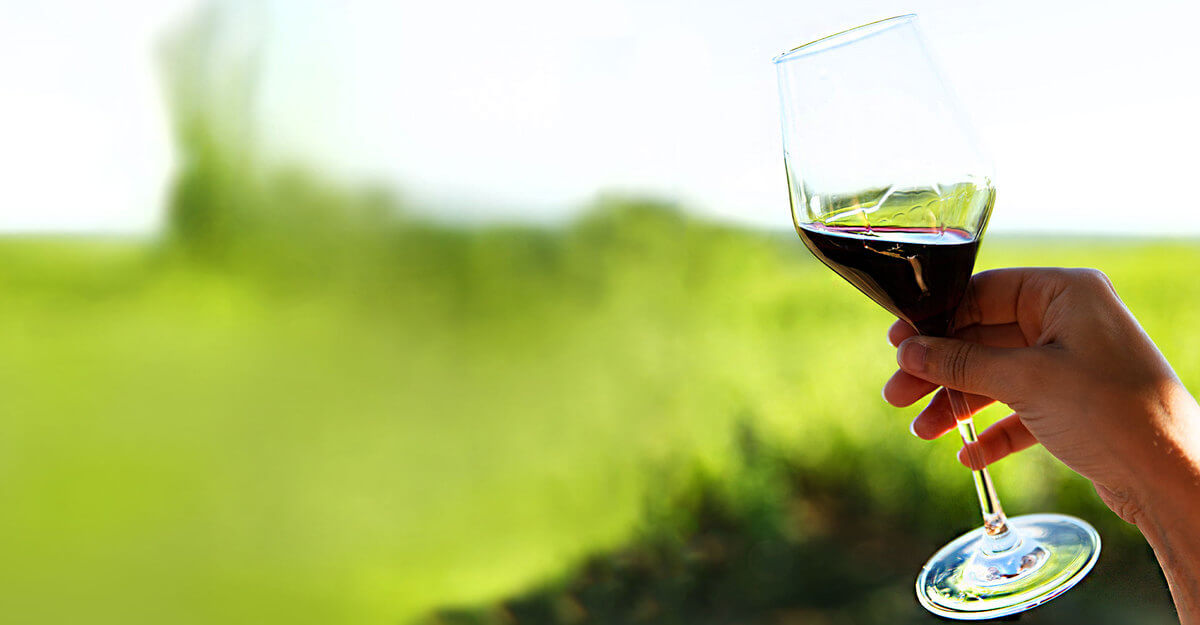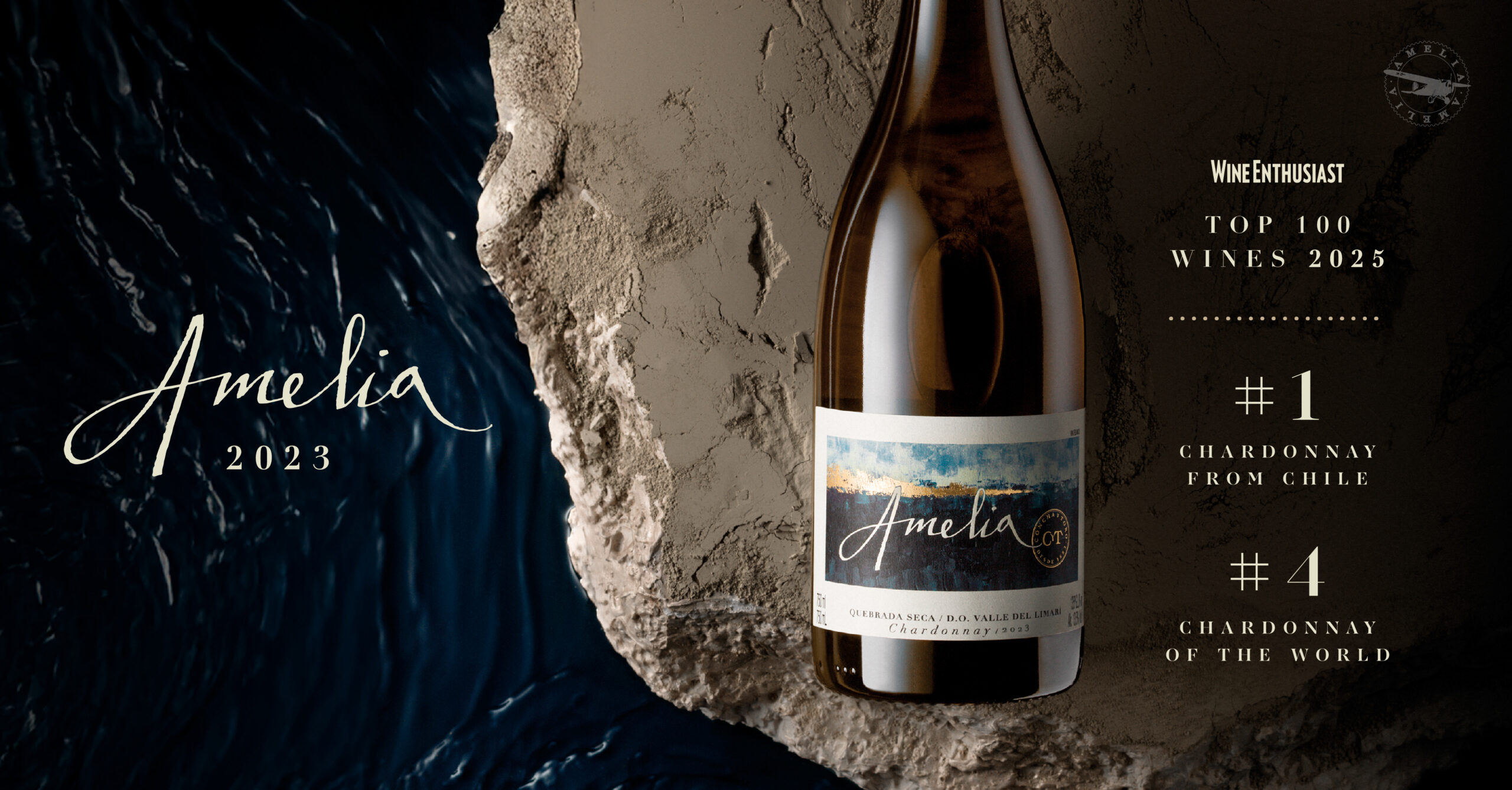29 de October de 2020
The art of blending wine
Mixing wines to improve or complement them is what we know as blending. This can be done in different ways and, therefore, requires an expert in this field. Maybe you didn’t know it, but the vast majority of wines is a blend. We explain it to you below.
Although we are used to find blends of different grape varieties, the truth is that blends can also vary depending on how its winemaker decides. There can be blended wines from the same grape, grape must before being fermented, wines from different vineyards, different regions or even different vintages (as the famous Champagne). It all depends on the objective. One is to complement and to create a more complex wine, so that the final wine is much better than the individual parts that make it up. And the other one, due to the climate differences year on year, to unify and give consistency. In other words, regardless of the vintage, the wine tastes the same every year.
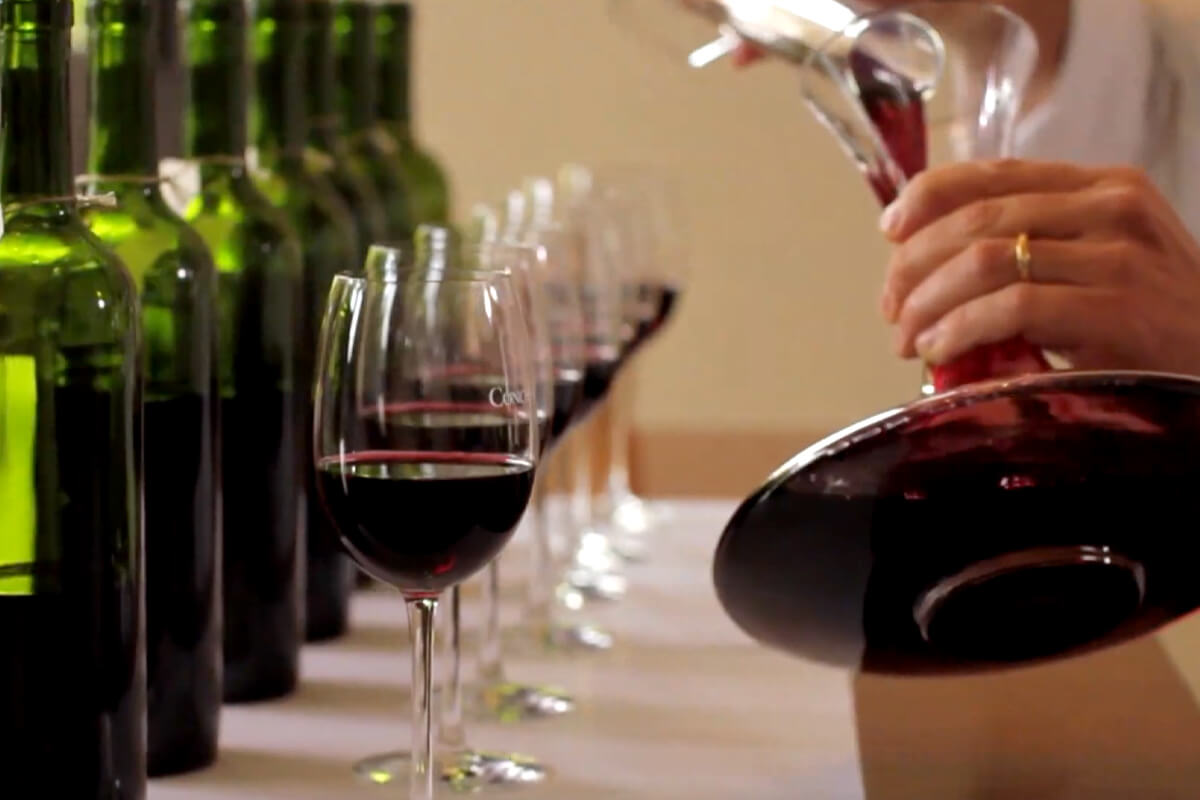
This process may sound easy. But is not. In fact, quite a few acidity, ph and sugar tests are required plus several trials before coming up with the “final recipe”. Something similar to what a chef does after choosing his ingredients and seasoning before creating a dish. An art that winemakers manage to master after years of experience. For this reason, the wineries can include external consultants in the making of the assemblages.
Sometimes varietal wines are a mixture of the same grape, from different vineyards. But here we will refer to blends: those wines that mix at least two different grape varieties, where each grape provides a special attribute that is combined in order to achieve a round and pleasant wine to drink, with personality and complexity.
The most common blends
The strong influence of the French winemaking technique and experience has marked the style of wines worldwide. A specific case that is repeated a lot is the Bordeaux red blend, which usually combine Cabernet Sauvignon, Merlot or Cabernet Franc as a base wine, with a little bit of Malbec, Petit Verdot or, sometimes, Carmenere.
While Cabernet Sauvignon offers a robust and long wine with notes of peppercorn and black fruits, Merlot sits in the middle of the palate with more red fruits. And Cabernet Franc gives tannins at the beginning, fading into juicy red berries and herbal notes. Thus, the winemaker will choose which varieties to use and how to complement them. For example, Malbec will give black fruit that exacerbate the fruity profile of a Cabernet, and Petit Verdot will add acidity and strong tannins.
Other varieties can be used as well. This is the case of Trio Reserva Cabernet Sauvignon 2018, a blend of Cabernet Sauvignon, Cabernet Franc and a small amount of Syrah (5%), which adds spices, maqui and blackberry notes to the final wine. Meanwhile Trio Reserva Merlot 2018 mixes almost equal parts of Merlot and Carmenere with a little bit of Syrah (3%), resulting in a wine with intense black fruit such as blueberries, soft tannins and balanced acidity.
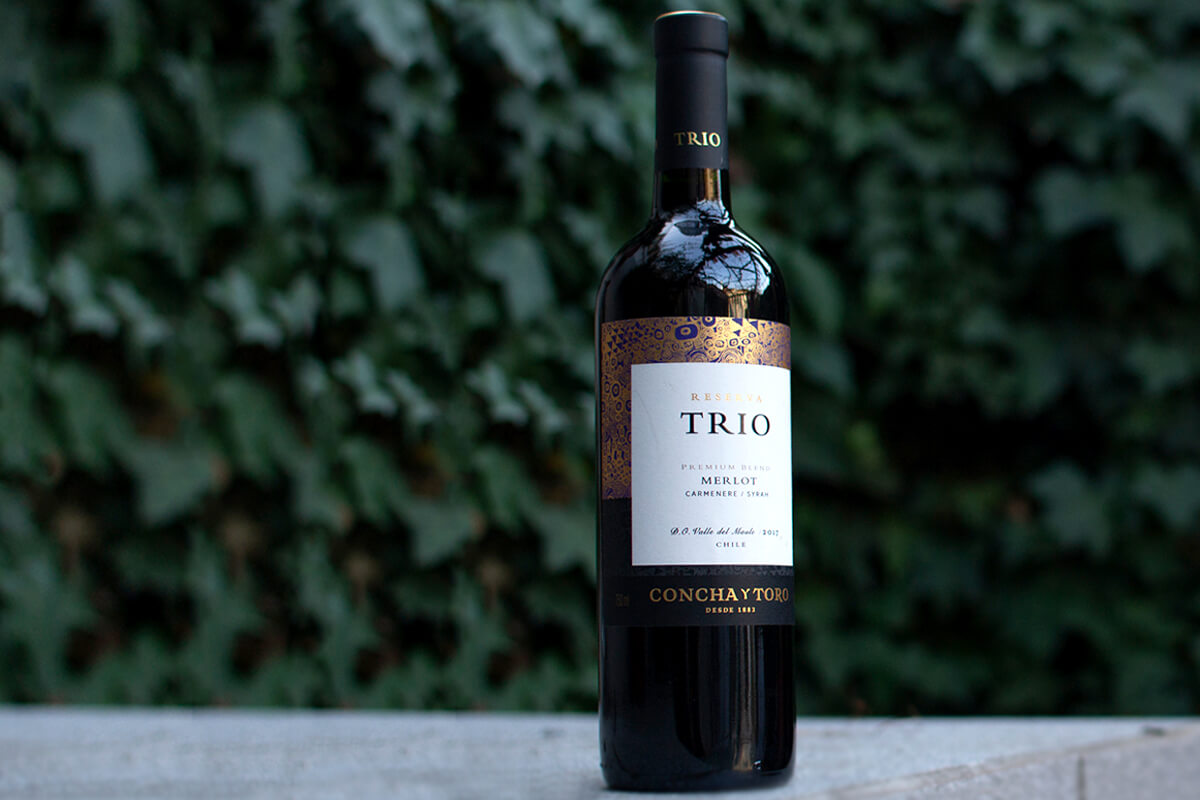
Another popular blends are Côtes du Rhône (or GSM for its Garnacha, Syrah and Mouvèdre varieties), the Super Tuscan (a blend of Sangiovese with Cabernet Sauvignon, Cabernet Franc and Merlot), and the white Bordeaux blends ( Sauvignon Blanc, Semillón and Sauvignon Gris or Muscadell).
Most of sherry wines, for example, use a complicated system of fractional blends that are added to barrels, where the final wine is a blend of many vintages that go back decades or centuries.
In Argentina, the famous Malbec is often mixed with Cabernet Sauvignon to achieve a more complete and complex wine.
In Chile, Marqués de Casa Concha Chardonnay Limited Edition mixes 20% of Chardonnay aged in new barrels with an 80% aged in second-use barrels, so the French oak doesn’t overshadow the wines aromas and flavours.
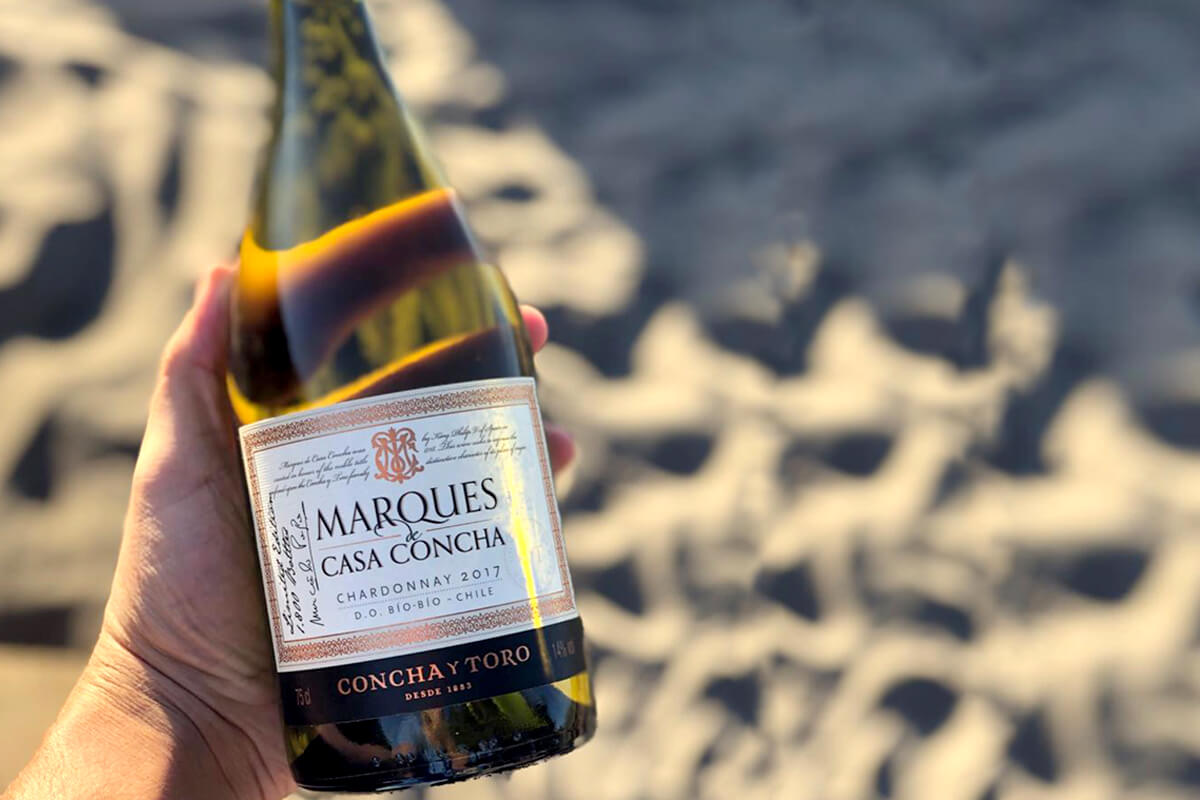
As you see, the possibilities are almost endless. It all depends on what the winemaker wants to achieve. Who, in general, will make different combinations that will rest for a while before being re-evaluated and deciding the final assemblage. Once is chosen, individual wine barrels will be combine together into a blending tank and after returned to a barrel for aging before being bottled.

